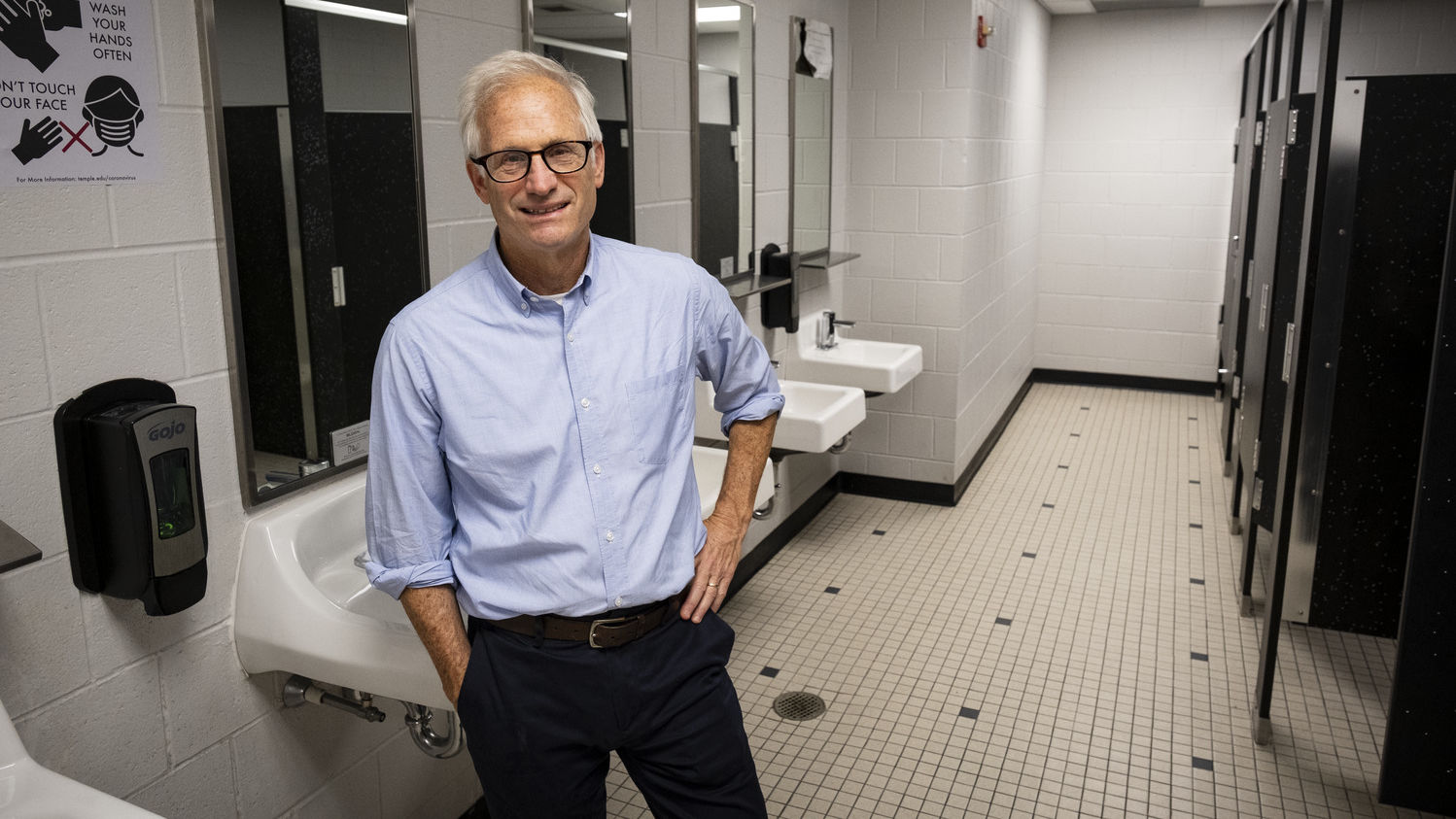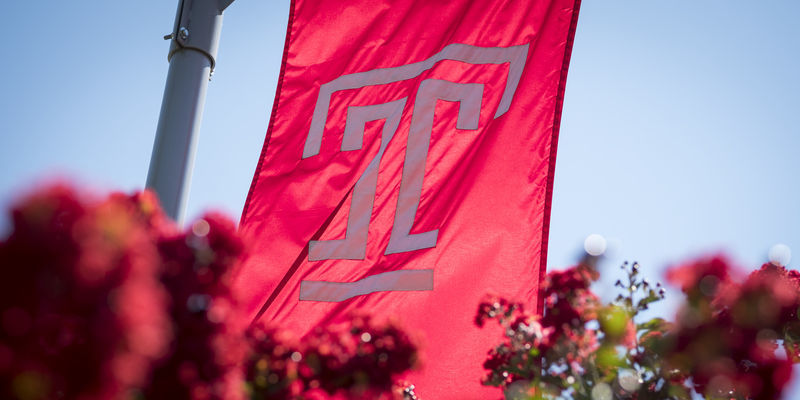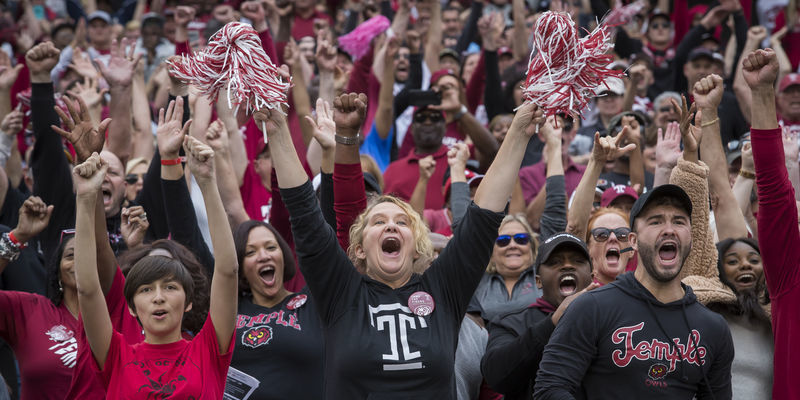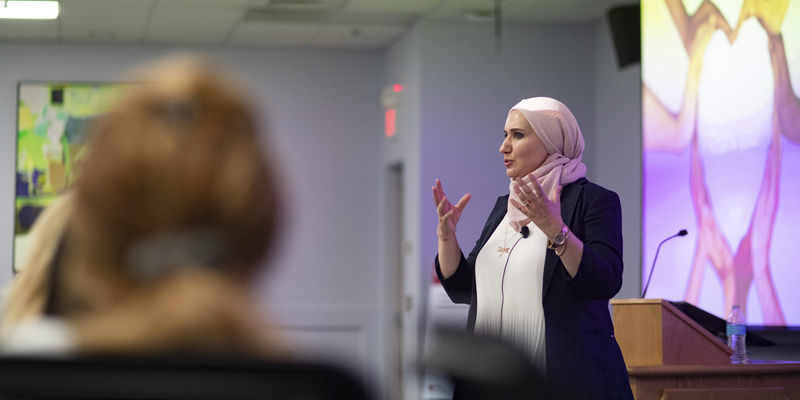Stalled progress: The history of the bathroom is a lesson in inequality
Temple University History Professor Bryant Simon is working on a new book that will chronicle the history of the public restroom.

Today, cities are lauded for their tall buildings and unique examples of architecture. For example, San Francisco’s modern, futurist skyscraper, the Transamerica Pyramid, is routinely praised. New York City’s Empire State Building is also a favorite, both for locals as well as tourists.
A little over a hundred years ago, these same cities were often celebrating something else: the construction of public restrooms.
“From the 1890s to the first World War, there was a massive public bathroom building campaign, and we had all these bathrooms suddenly being constructed all across the country,” said Bryant Simon, a professor of history at Temple University. “Mayors of each city would show up and host events where they would be bragging about their public restrooms, and it is such a stark comparison to what we have now.”
Simon is currently scouring research as he prepares to write a book that will focus on the history of the public restroom in the United States.
There is no doubt that the mere concept of such a book is sure to generate more than a few laughs. But throughout his research, Simon has also realized that there is a troubling story around the themes of equity and inclusion (or lack thereof) that can be told when looking at the history of the restroom.
According to Simon, an early example of this comes shortly after public restrooms first started opening in the late 19th century and early 20th century. It did not take long for them to became a safe haven for men who wanted to have sex with other men. Those charged with what police at the time called “moral offenses” often suffered considerable consequences.
When they were constructed, they were intended to be used by white people only, and that came to a head during the civil rights movement. Much like Rosa Parks who refused to give up her seat on the bus, Black man Sammy Younge Jr. used a public restroom in Alabama in 1966. It resulted in him being killed by a white man who was angered by this.
“These are the types of really troubling stories that emerge when looking at the history. There are all these parameters on who can use these spaces and when they can use them, and it really becomes a complicated story of neglect and inequality,” Simon said.
While much progress has been made, this theme of inequality continues to surround the public restroom narrative today. This summer, Starbucks modified its bathroom policy, which previously allowed anyone to use its restrooms, to give employees the option to close the bathrooms if they believe there’s a safety concern.
“Long before this, Starbucks kind of figured out right away that bathrooms matter. Starbucks bathrooms were never like the ones at McDonald’s. This is a luxury of space, and basically what happens is that the company figures out, whether by design or by accident, that they can make money on the failure of the public sphere. If I really need to go to the bathroom, I’ll buy something. It’s an absurd proposition because flushing a toilet costs them what, a penny?” said Simon, who is also the author of Everything But the Coffee: Learning about America from Starbucks.
However, with its recent policy change, Starbucks is no longer relying on the public potentially being guilted into making a purchase. Rather, they are explicitly letting employees make the call as to whether a purchase must be made to use the restroom.
“Starbucks has positioned itself right in this place where they have benefited, helped cause the problem and been hurt by it themselves,” Simon said.
Simon, who first started researching this book in 2019, hopes to complete it at some point over the next couple of years. As he has started to travel again in the wake of the COVID-19 pandemic, he always makes a point to pay close attention to all of the restrooms that he encounters. Friends and family members often text him unique spaces, as well, and he even attended a conference in Berlin called Everybody’s Business.
He would not call these last few years a labor of love, but it is definitely a story worth telling.
“Sometimes when you’re doing research, you have to think about your own life. We all use restrooms regularly,” Simon said. “There is a story to be told about inequality. But it is also, oddly enough, a story about equality as well. This is one of the few spaces that we all need at some point, and we all are vulnerable because there are often not enough.”


